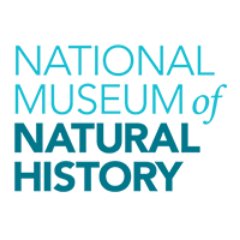
@NMNH
The @Smithsonian National Museum of Natural History. Understanding the natural world and our place in it. Legal:

@NMNH
The @Smithsonian National Museum of Natural History. Understanding the natural world and our place in it. Legal: